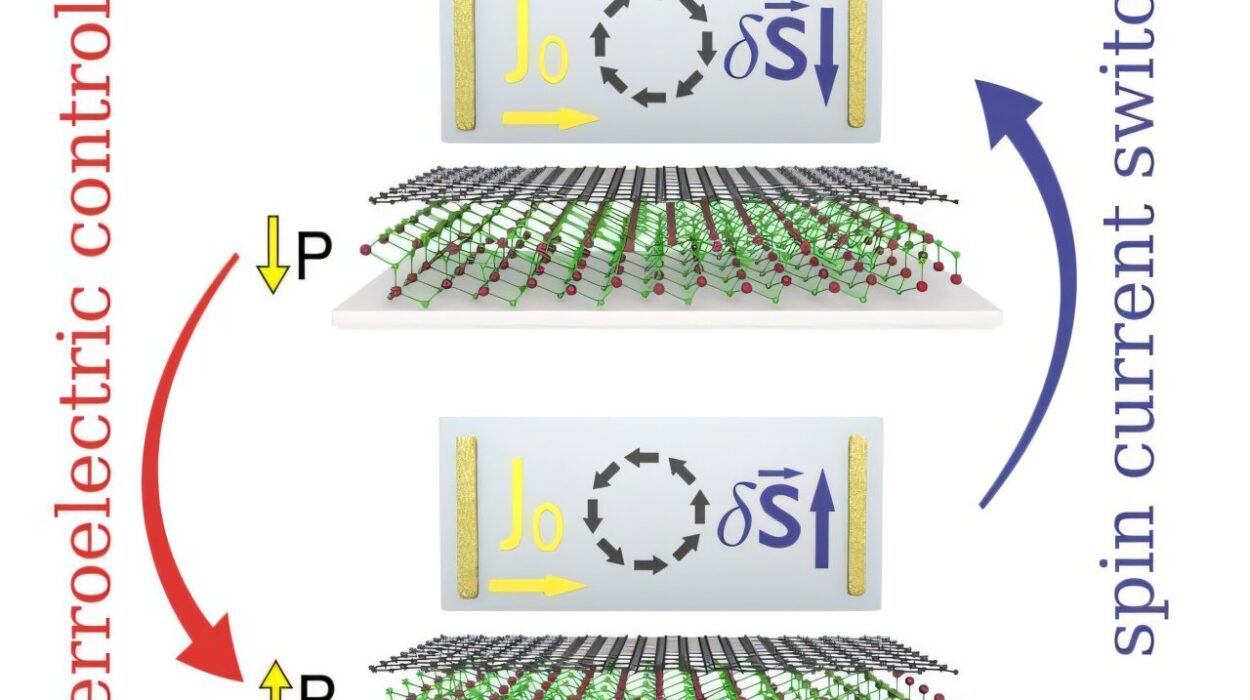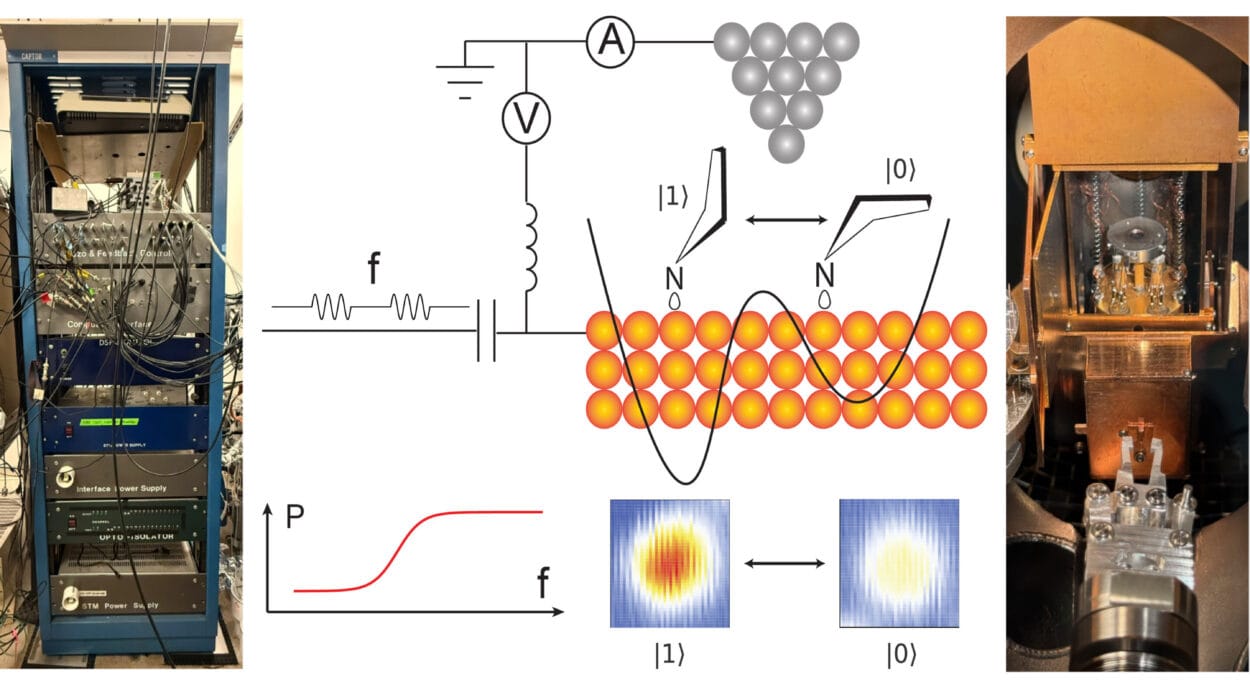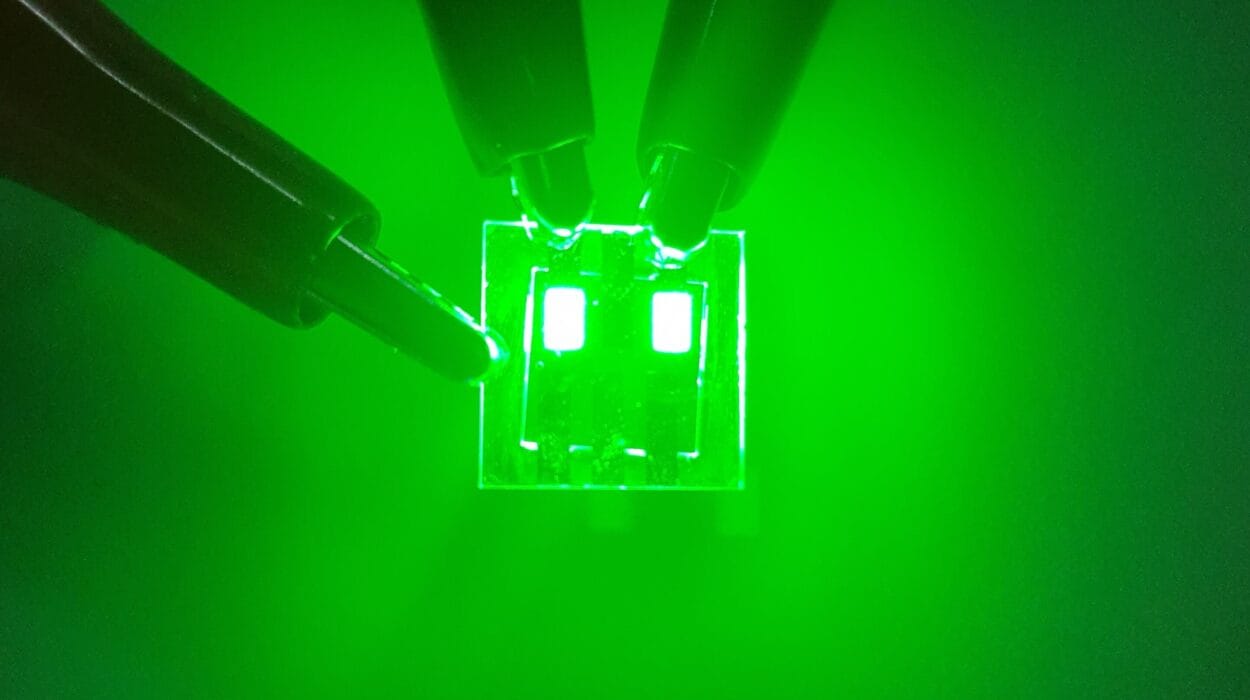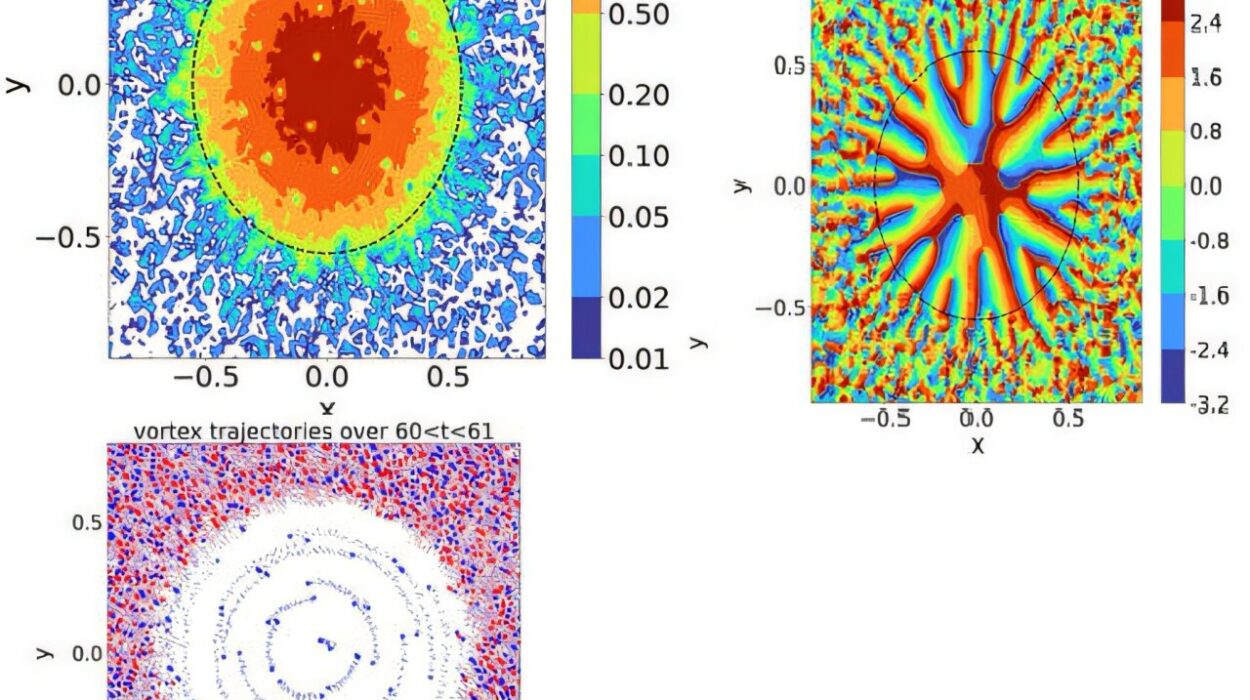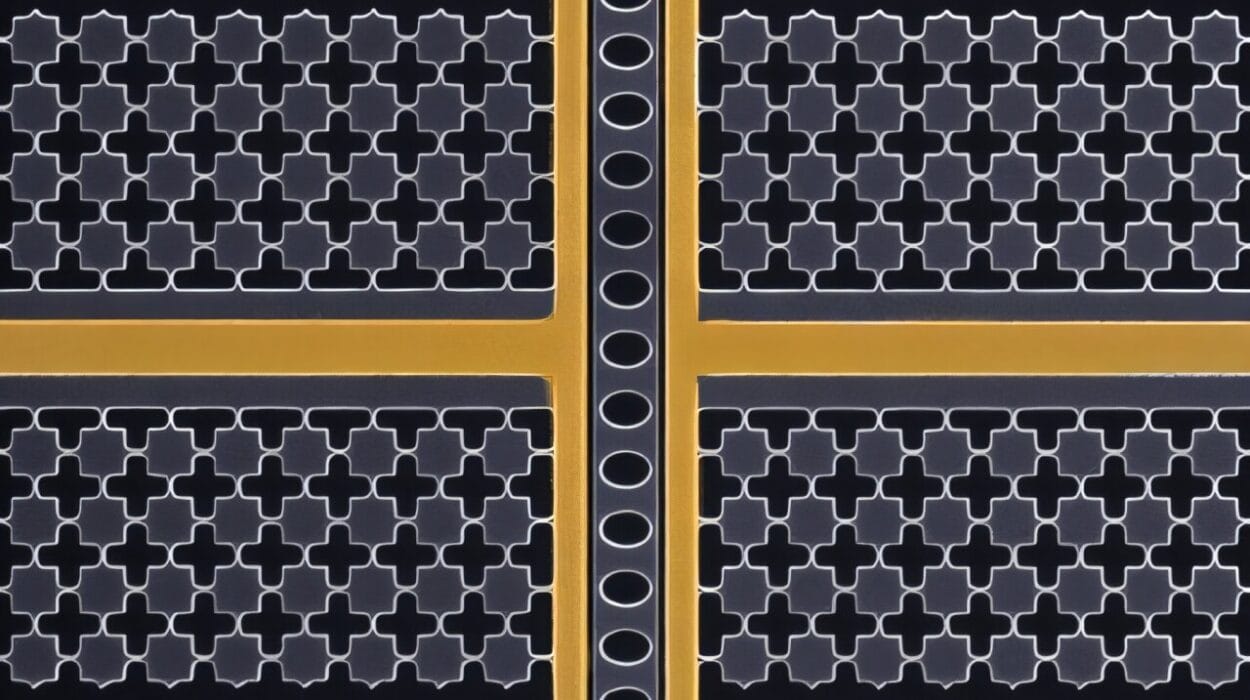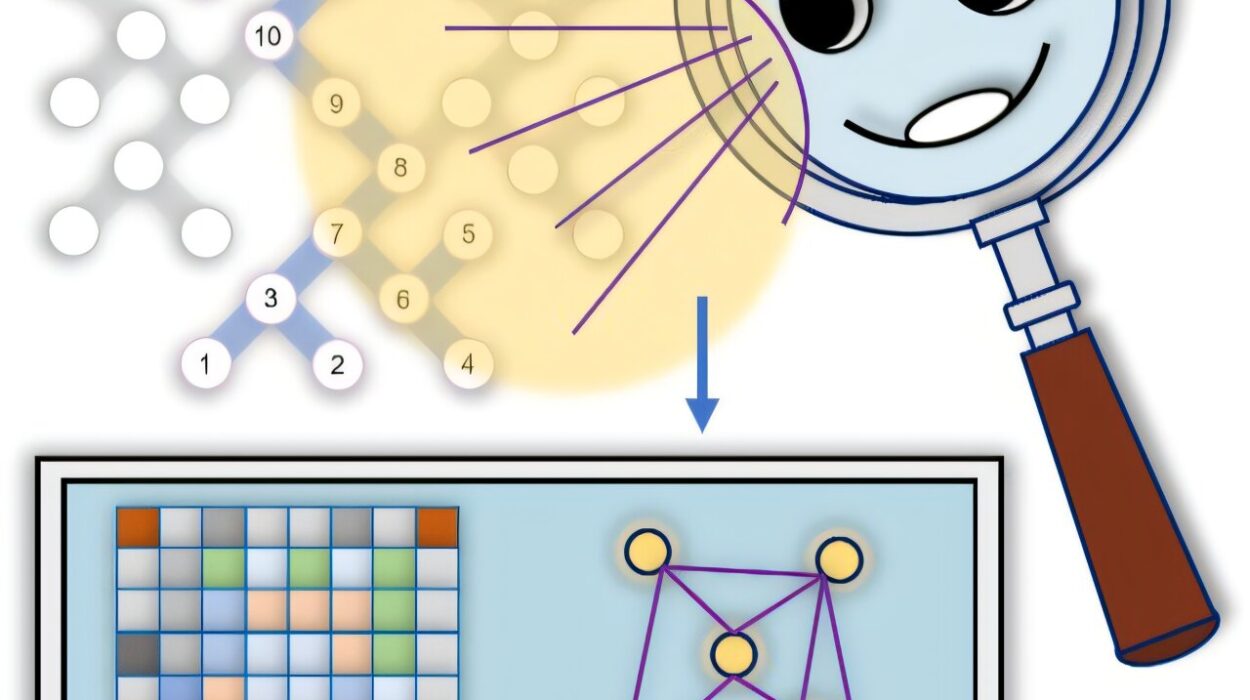In the early 20th century, a group of rebellious scientists cracked open reality and found something entirely unexpected underneath. What they discovered would come to be known as quantum mechanics, and it revealed a universe governed not by the clockwork certainty of Newton, but by uncertainty, entanglement, and probability. In this strange realm, particles exist in superpositions, cats are both dead and alive (at least in theory), and electrons can influence one another across vast distances without touching.
At first glance, it seems like an abstract playground for physicists in lab coats—a theory too weird and too small to touch our lives. But nothing could be further from the truth. Quantum mechanics isn’t just the science of the very small; it’s the invisible backbone of much of our modern world. Every time you swipe a credit card, upload a photo, or even turn on the lights, you’re putting quantum mechanics to work.
You don’t need to be a physicist to be part of the quantum story. You already are. The devices you use, the technologies that support your day, and even the nature of light around you—all of it bends and sways to the laws of quantum mechanics.
So let’s follow the thread of the quantum world—not through equations or thought experiments, but through the everyday moments that make up your life. As we do, we’ll discover that quantum mechanics isn’t just about mystery. It’s about reality. Your reality.
The Glow in Your Pocket: Quantum Mechanics and the LED
You press your thumb against your phone, and it springs to life. The screen glows with a spectrum of vibrant colors—crimson, emerald, sapphire—so crisp they seem to float above the glass. It feels like magic, but it’s quantum physics at play.
The secret behind this brilliance lies in light-emitting diodes, or LEDs. Unlike incandescent bulbs, which heat metal filaments until they glow, LEDs work on an entirely different principle: the quantum leap of electrons.
Inside an LED, electrons live in different energy states. When a small voltage is applied, an electron hops from a higher energy level down to a lower one. But it doesn’t do this silently. It releases the excess energy as a photon—a particle of light. The color of that light depends on the size of the energy gap, which engineers control by tweaking the materials inside the diode.
This quantum behavior allows LEDs to be incredibly efficient. There’s no wasted heat, no fragile filament, and no slow fade. Just clean, controlled quantum transitions—millions of them every second—powering everything from your smartphone screen to your car headlights to the tiny indicators on your television remote.
LEDs don’t just illustrate quantum mechanics in action; they demonstrate how deeply we’ve mastered it. By manipulating energy levels at the atomic scale, we’ve made something beautiful, practical, and nearly invisible. The quantum world doesn’t live in laboratories. It lives in the colors that light your face each time you unlock your phone.
The Secure Whisper: Quantum Mechanics in Modern Computing and Encryption
Picture a whispered conversation across a crowded room. Eavesdroppers lean in, trying to catch a word or two. Now imagine if the moment someone tried to listen in, the conversation changed completely. That’s the promise of quantum encryption—and it’s not science fiction.
At the heart of this lies a concept so strange it borders on mystical: quantum superposition and entanglement. Superposition means particles can exist in multiple states at once. Entanglement means two particles, no matter how far apart, can be mysteriously linked—so that a change in one instantly affects the other.
These properties are being harnessed to create quantum encryption methods so secure they’re nearly unbreakable. In particular, the use of quantum key distribution (QKD) is redefining what it means to keep data safe. Here’s how it works: a stream of photons is sent between two parties, with each photon in a quantum state. If anyone tries to intercept them, the quantum states collapse, and the intrusion is immediately detected. Eavesdropping becomes impossible—because in the quantum world, observing changes the observed.
This has real-world applications in military communications, banking, and any sector where secure data is paramount. Countries and corporations are already racing to build quantum-secure networks. China has launched quantum satellites. The European Union has invested in quantum infrastructure. It’s a global arms race, but one with beams of light instead of bullets.
And while fully functional quantum computers are still on the horizon, even today’s most basic encryption methods—from RSA to elliptic curve cryptography—rely on the principles of quantum mathematics to protect your passwords, your transactions, your secrets.
So the next time you enter a PIN, send a private message, or log into your bank account, remember: quantum mechanics is whispering just beneath your fingertips, guarding your digital life with principles that once baffled Einstein himself.
The Photograph That Shouldn’t Exist: Quantum Tunneling in Digital Cameras
You take a photo. The lens opens. Light floods in. A moment is frozen forever. Behind the click is a quantum trick so bizarre, it defies intuition.
Inside the image sensor of your phone or camera are semiconductors, filled with tiny barriers that electrons shouldn’t be able to cross—at least not according to classical physics. But in the quantum world, particles don’t follow traditional paths. They act like waves, spreading out across space. Sometimes, part of the wave leaks through a barrier, even if it shouldn’t have enough energy to do so. This is called quantum tunneling.
Tunneling is essential to the function of modern digital sensors. It allows electrons to move in ways that generate electrical signals from incoming photons. These signals are then converted into pixels—into images.
Without tunneling, modern electronics would break down. The transistors that power processors, the flash memory that stores your photos, the CCD and CMOS sensors that capture light—they all depend on electrons doing the seemingly impossible.
Tunneling doesn’t just explain how your phone sees the world. It tells a deeper story: in the quantum universe, the impossible is sometimes just improbable. And improbable things happen all the time.
That image of a loved one, that sunset frozen in time, that perfect candid laugh—they all exist because particles ignored classical rules and did something miraculous.
The Clock That Defines Time: Atomic Clocks and GPS
You’re driving through an unfamiliar city. Your GPS chirps: turn left in 200 meters. A small, glowing dot moves across a digital map, showing your location in real time. It feels effortless. But underneath it is one of the most precise uses of quantum mechanics ever created.
That system depends on atomic clocks, devices so accurate they lose only a second every hundred million years. And these clocks work not with gears or springs, but with the vibrations of atoms—specifically, cesium-133 or rubidium-87.
Atoms absorb and emit electromagnetic radiation at incredibly precise frequencies when electrons transition between energy levels. These transitions are driven by quantum mechanics. In an atomic clock, a microwave frequency is tuned to match this transition. When they resonate, it’s like striking a tuning fork. This resonance is used to define the second, literally anchoring time to the behavior of atoms.
Your phone uses signals from GPS satellites, each carrying multiple atomic clocks. The time it takes for those signals to reach your device tells it your exact position on Earth. If the clocks were even slightly off, your position could be wrong by kilometers.
Quantum mechanics doesn’t just give you time. It gives you space—where you are, how fast you’re moving, and where to go next. It defines the very rhythm of modern civilization, from financial transactions to flight navigation.
When you follow a GPS signal, you’re not just guided by technology. You’re moving in sync with the atoms themselves.
The Future Unfolding Now: Quantum Mechanics in Medical Imaging and Diagnostics
You lie back on a hospital bed. A doctor gently slides a scanning device over your skin. Within seconds, an image appears—layered, precise, and potentially life-saving. Behind that image is quantum physics at work, silently helping medicine see the unseen.
Modern medical imaging—like MRI (Magnetic Resonance Imaging) and PET scans (Positron Emission Tomography)—relies heavily on quantum principles.
MRI works by aligning the spin of hydrogen nuclei in your body using powerful magnetic fields. These tiny nuclear magnets spin in specific ways due to their quantum spin state. A burst of radio waves disturbs their alignment, and as they relax back into place, they emit signals. These signals are then reconstructed into detailed images of organs, tissues—even brain activity.
PET scans go even deeper into quantum territory. They rely on antimatter. When a positron (the antimatter counterpart to the electron) is emitted by a radioactive tracer, it collides with an electron, annihilating both and producing two photons. These photons travel in opposite directions and are detected by sensors, which use the data to build 3D images of biochemical activity in the body.
These technologies don’t just diagnose disease—they open windows into the most complex machine in the universe: the human body.
Quantum mechanics has made it possible to detect tumors, monitor brain function, and even map the intricate dance of neurons. And as quantum sensors become more advanced, medicine will only grow more precise, personalized, and powerful.
Your heartbeat, your breath, your healing—it’s all being observed, understood, and improved by quantum insights.
Beyond the Everyday: Where Quantum Mechanics Will Take Us Next
The applications of quantum mechanics don’t end here. In fact, we are just beginning to tap into its full potential.
Quantum computers, capable of solving problems that would take classical machines millennia, are being developed in labs around the world. They promise breakthroughs in cryptography, drug design, materials science, and even climate modeling.
Quantum sensors could one day detect gravitational waves, map underground structures, or even read brain signals with unprecedented clarity. Quantum teleportation—already demonstrated with particles—may pave the way for a future quantum internet, immune to hacking and faster than anything we’ve ever imagined.
Yet for all its complexity, quantum mechanics remains deeply human. It reflects our curiosity, our ingenuity, and our relentless drive to understand the unknown. It reminds us that reality is not always what it seems—and that the universe still holds surprises beyond our wildest dreams.
So the next time you turn on a light, snap a photo, or ask your GPS for directions, remember: you’re not just using technology. You’re tapping into a realm where particles dance, probabilities reign, and the rules of logic bend into something even more beautiful.
You are living in a quantum world—whether you see it or not.

